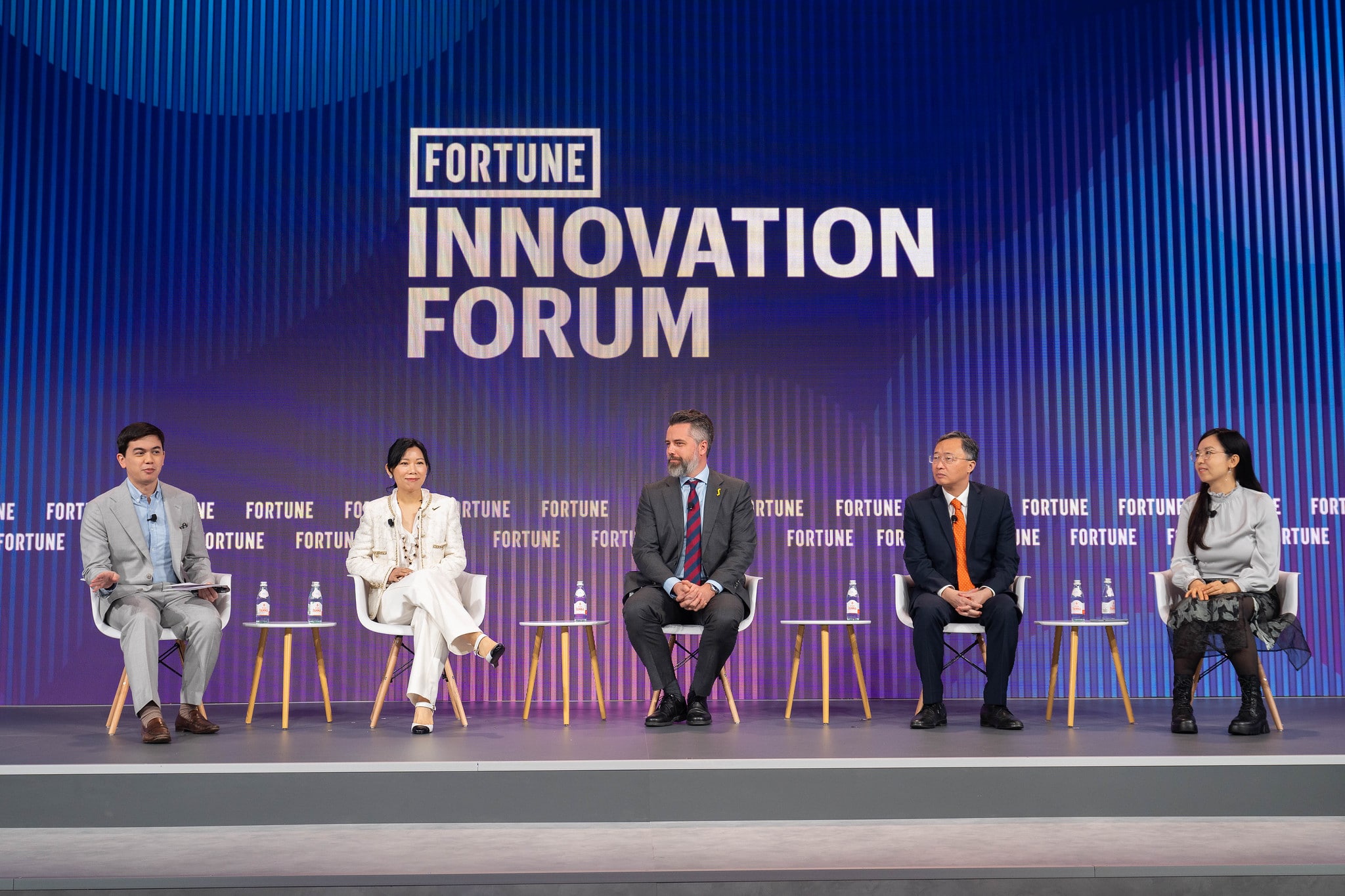Oct 27, 2020|
JD CEO Richard Liu: JD’s Conviction is Technology-Driven Value Creation
by Ella Kidron
In the span of just a few short months, JD has been quite active in the capital markets. On June 18th, JD completed its secondary listing on the main board of Hong Kong Stock Exchange (HKEx) raising more than HK$ 30 billion to invest in technology. On September 11th, the Shanghai Star Market made JD Digits’ (JDD) prospectus public, revealing that over 72% of the capital raised in the IPO would be used to invest in technology. And on September 27th, the HKEx published JD Health’s prospectus, in which JDH focused on the creation of an “Internet + Healthcare” ecosystem.
As Chinese publication Securities Daily (证券日报) writes, JD broke away from the bounds of retail early on, and has since expanded into digital technology, logistics, health and other areas. Taking all of these pieces one at a time, all of this activity may seem sudden. But as the saying goes, “Rome wasn’t built in a day”, and the same is true of JD’s business. The driving force today, as it was in the early days of the company, has been JD Founder and CEO Richard Liu’s steadfast conviction to technology-driven value creation.
Back in 2004, less than a month after JD had moved online, its website was hacked. The hacker had written in big letters, “JD’s network manager is a big idiot.” Securities Daily writes that it is because of this joke by the hackers that technology became a major obsession for Liu. Shortly after that incident, JD quickly recruited its first programmer and started to write its own e-commerce program.
Four years later, JD’s daily average order volume had increased from over ten orders to over 5,000, and JD’s website underwent a large-scale transformation. In 2008, JD’s technology team rented a villa in the outskirts on Beijing, and did nothing but write code from morning into the wee hours of the night in order to design a backend system to support an order capacity of 100,000 orders. Yet, in November that year, as soon as JD’s new system went online, the system immediately exceeded 10,000 orders.
In 2013, having had several years of e-commerce experience well under its belt, the company name was simplified from JD Mall (京东商城) to just JD (京东). Its positioning was to rely on technology to provide supply chain service, e-commerce, finance and logistics platforms – all efforts were inseparable from technology.
Fast forward another four years to 2017, when Liu said that the company would focus on three things, “Technology! Technology! Technology!” He said, “From the beginning, JD has not only been an e-commerce enterprise. Within the last ten years, we have done industrial internet in the retail industry.” Jon Liao, chief strategy officer of JD.com, explained that the logic of JD is simple – to use its accumulated retail industry ability to reconstruct other industries’ value chains. Using Internet technology to reshape many industries can be seen as a common thread in JD’s business. All of which stems from Liu’s fundamental belief in and commitment to technology.
Lei Xu, CEO of JD Retail, has expressed that retail has always been an industry that interacts with the development of technology, especially online retail. Therefore, technology-driven retail innovation drives the business, and the whole shopping process, adding to the overall upgrading of the user experience.
At the same time, Shengqiang Chen, CEO of JD Digits, has said that that it is necessary to establish technology leadership at all costs. JDD’s R&D professionals currently account for 70% of its staff. According to the company’s prospectus, the vast majority of JD’s revenue comes from technical services.
JD Health has spoken extensively about the creation of an “Internet + Healthcare” ecosystem. At the same time, JD Logistics has developed 30 highly intelligent Asia No. 1 logistics parks, which rely heavily on advanced technology including AI, 5G, cloud, IoT and more.
In the first half of 2020, JD invested RMB 7.54 billion yuan in technology R&D, making it one of the largest investors in tech among Chinese enterprises for several consecutive quarters. The company currently has over 18,000 R&D employees. Patent applications for 2019 exceeded 3,651.







 Super Buyers Drive Up Big-Ticket Auctions on JD during Singles Day Promotion
Super Buyers Drive Up Big-Ticket Auctions on JD during Singles Day Promotion


